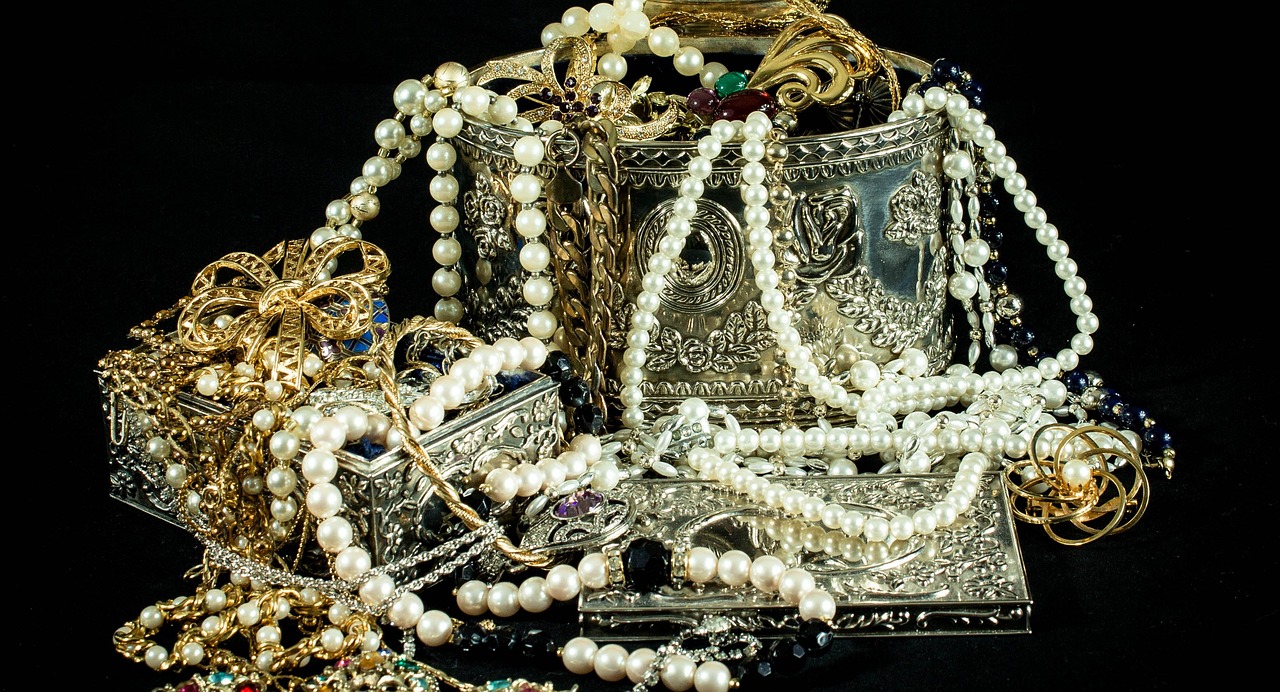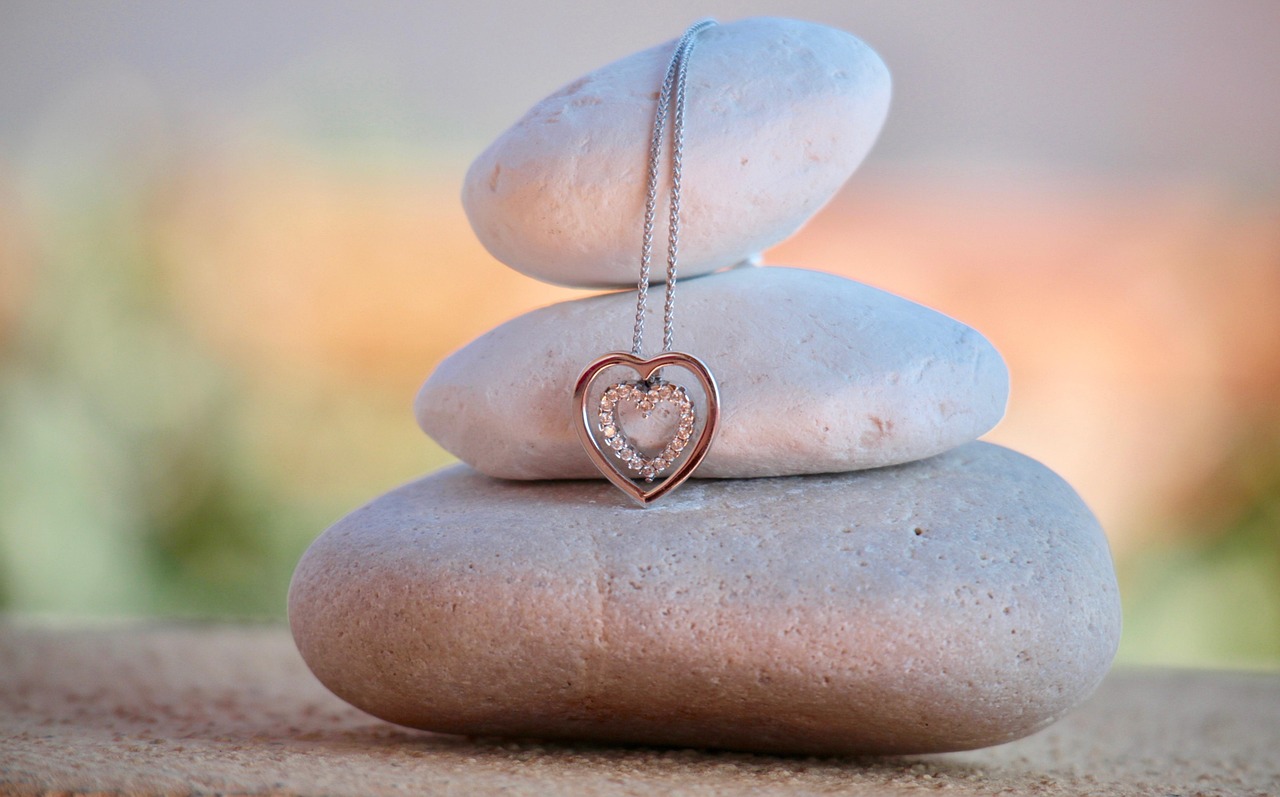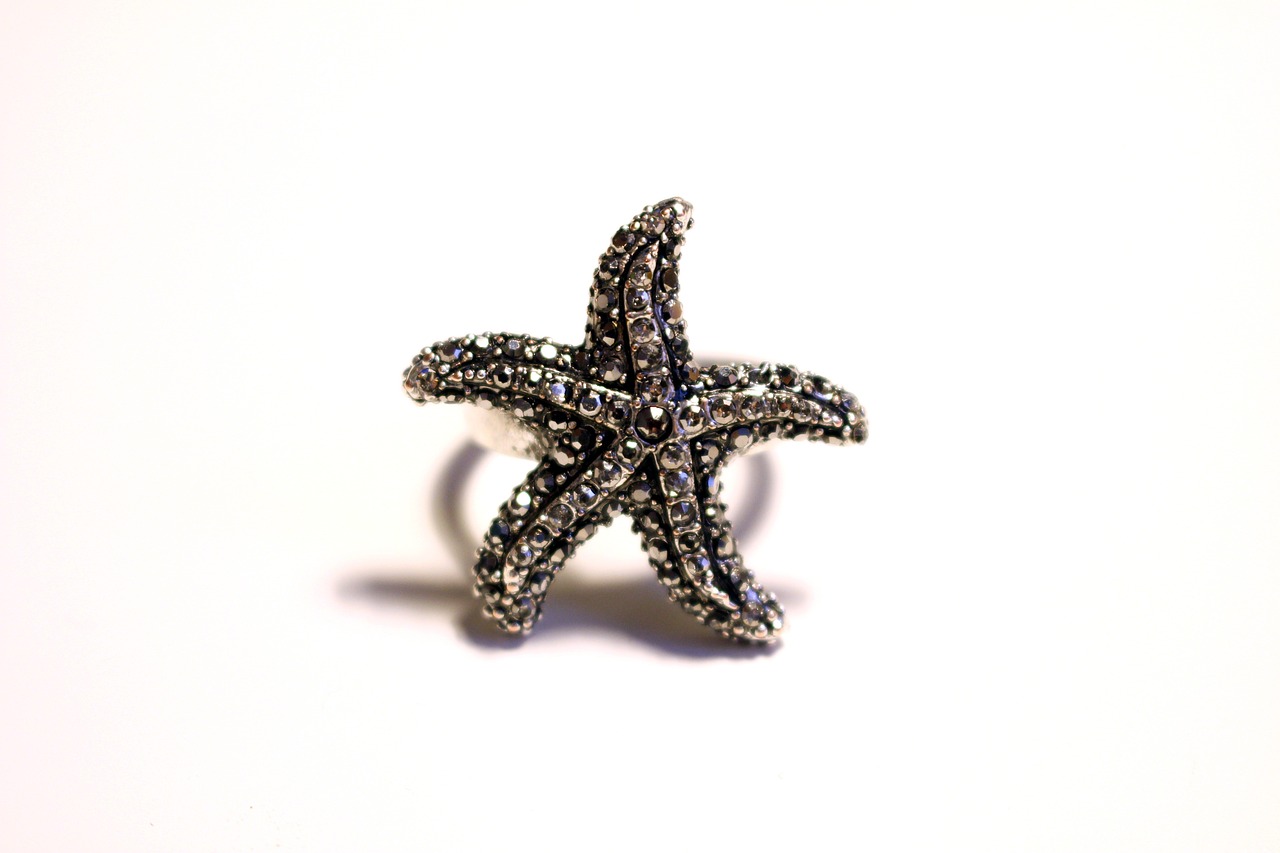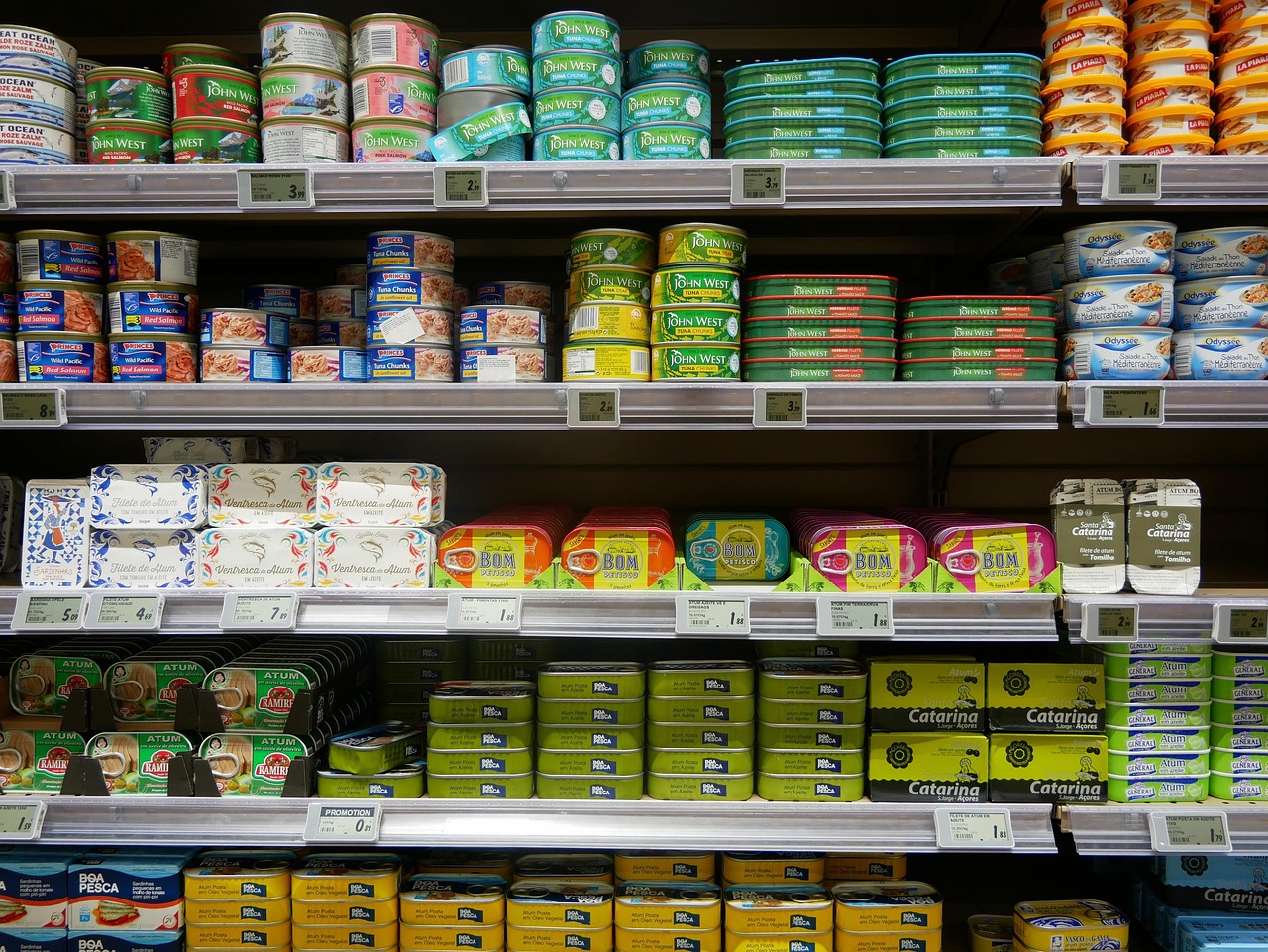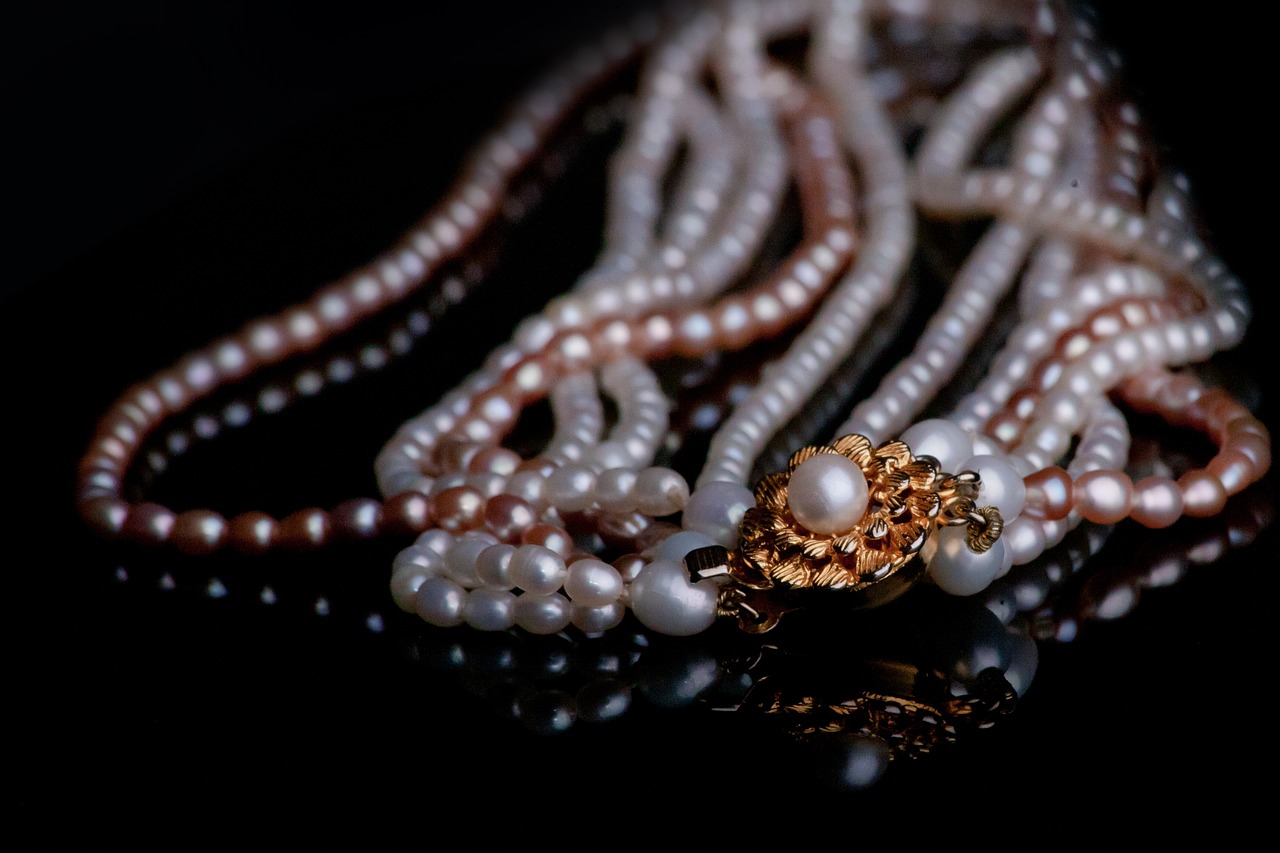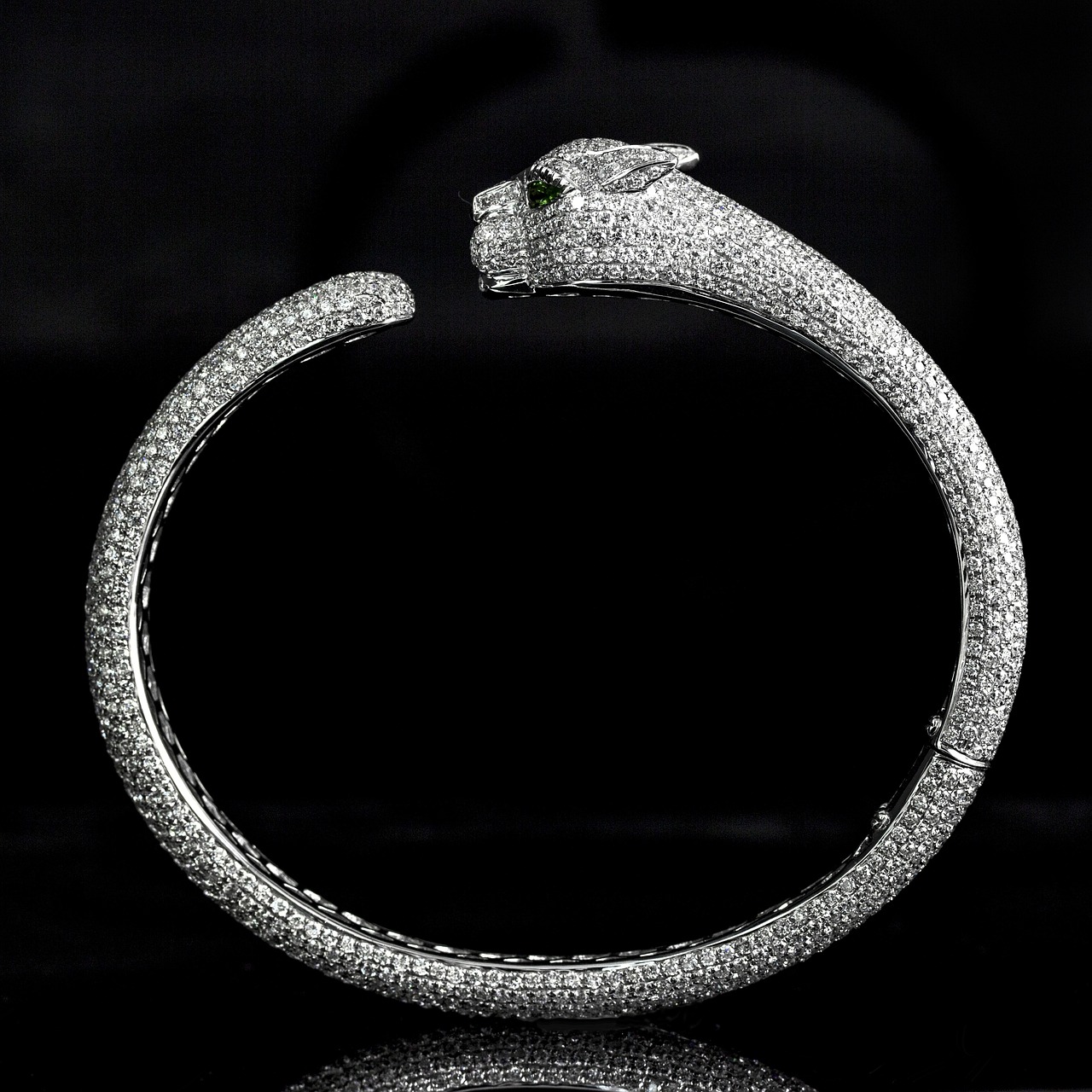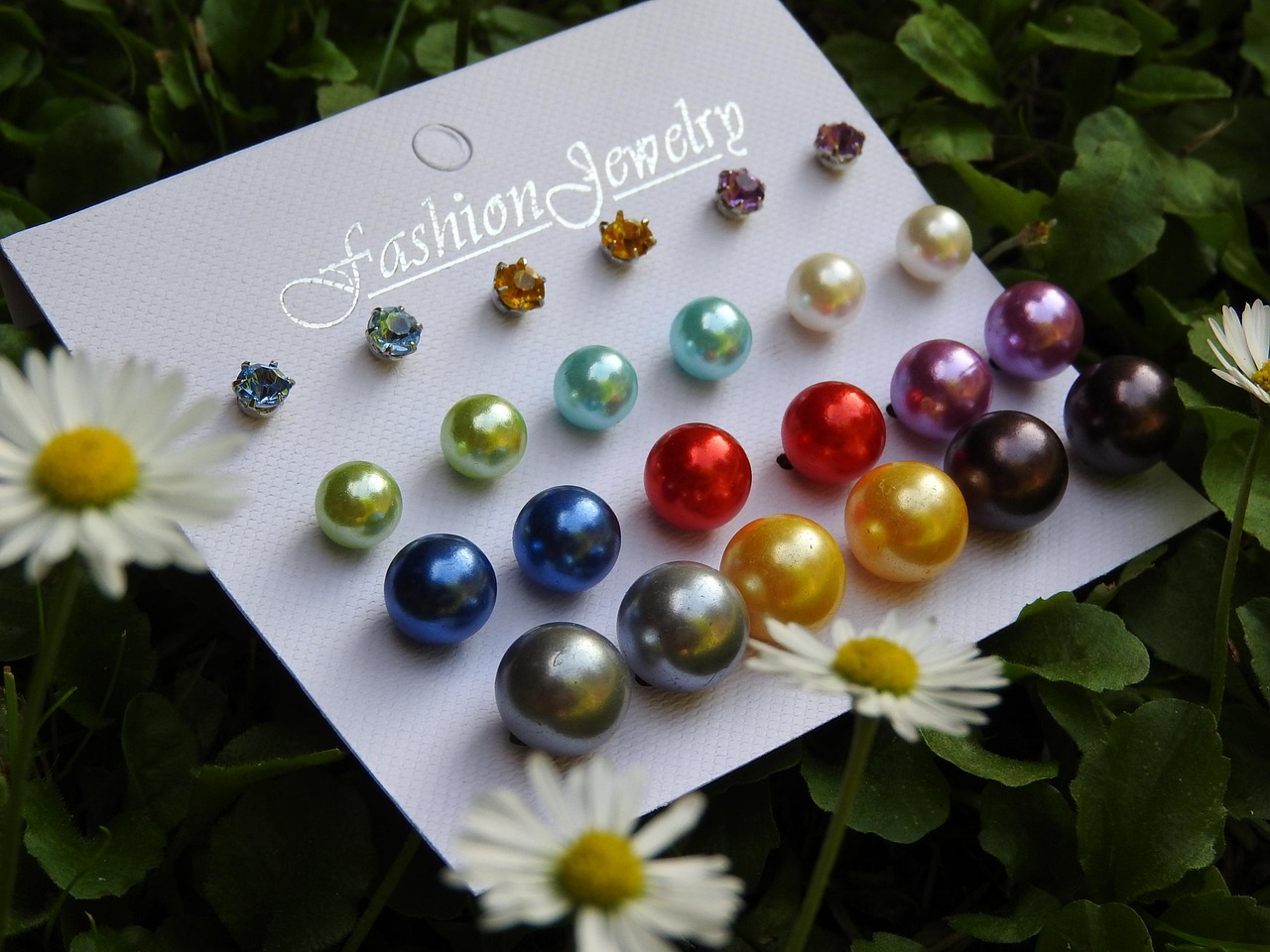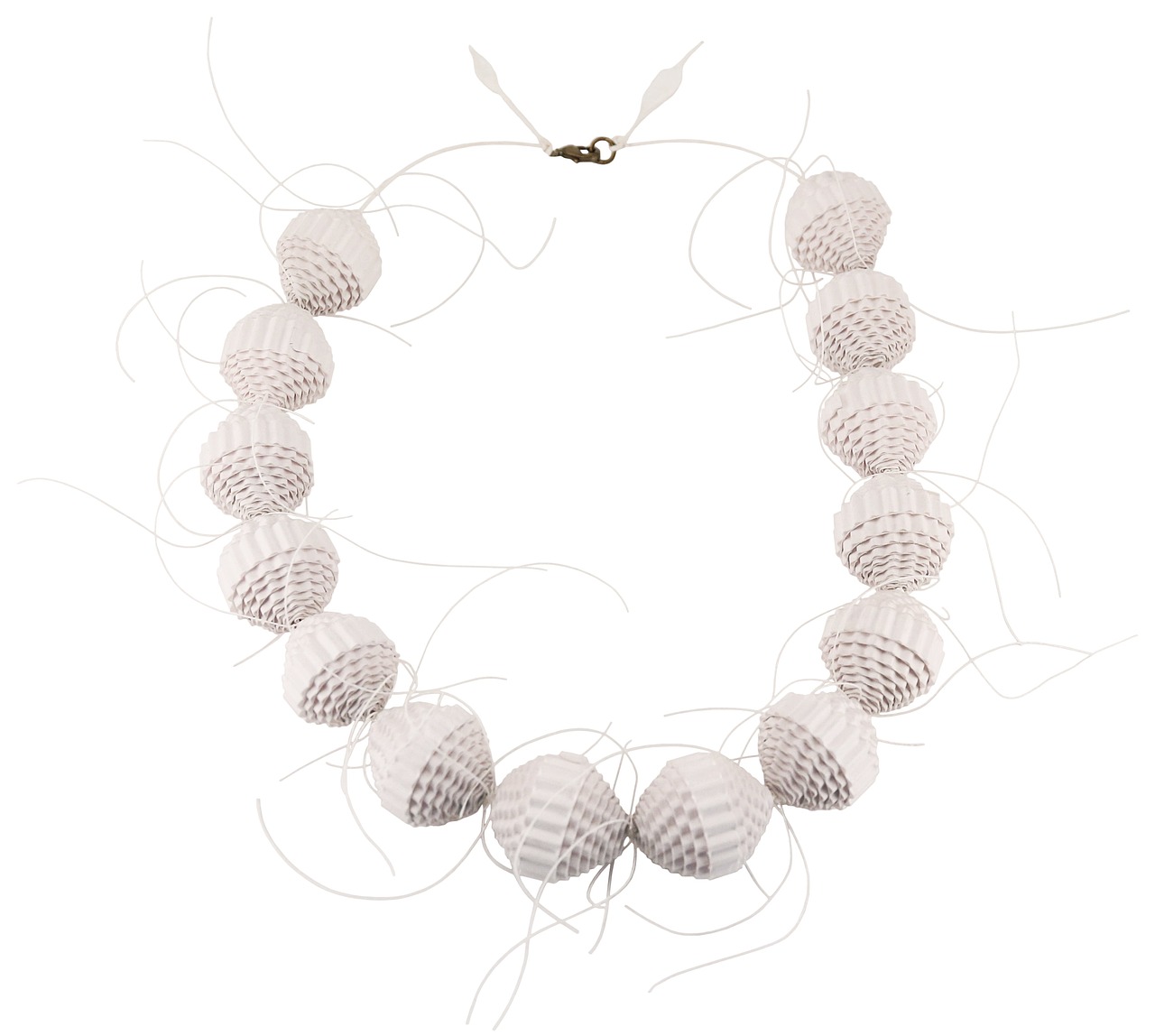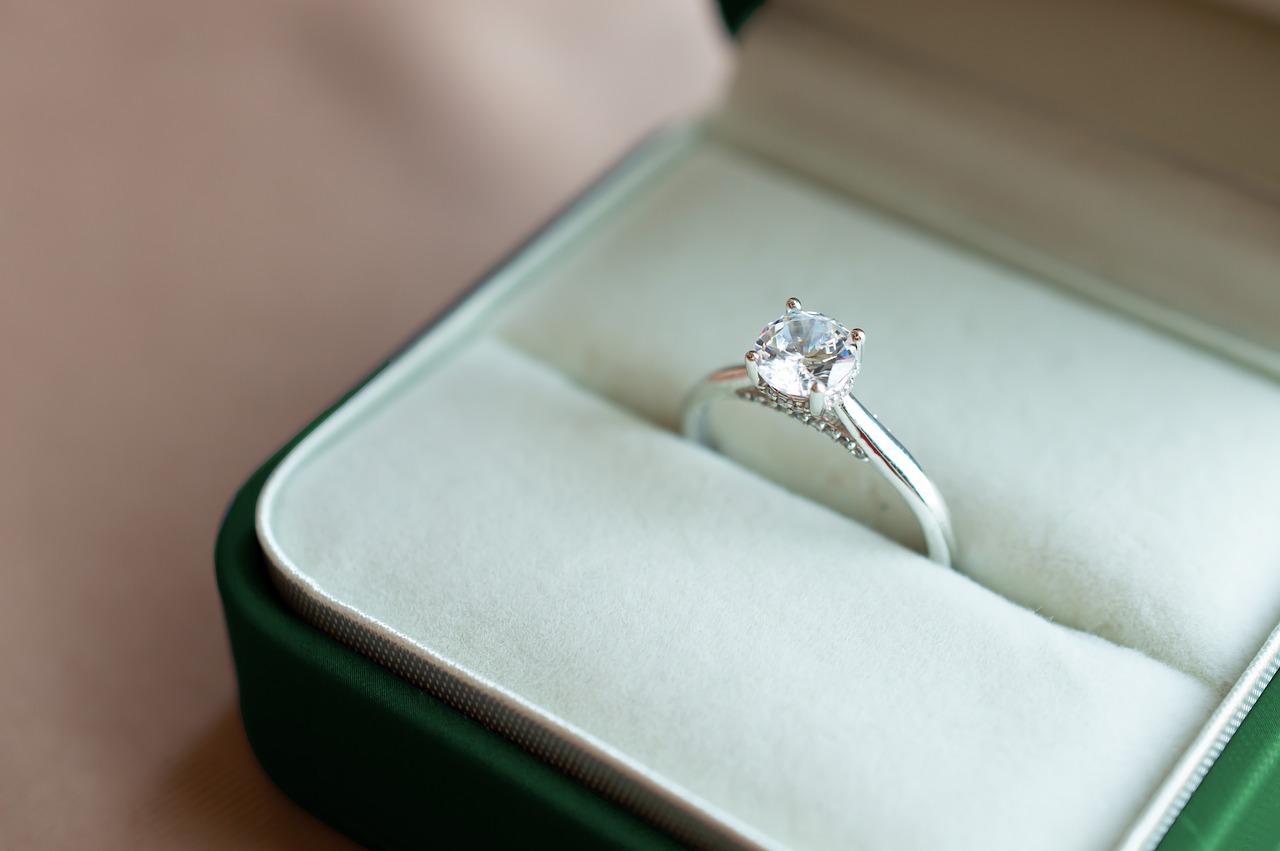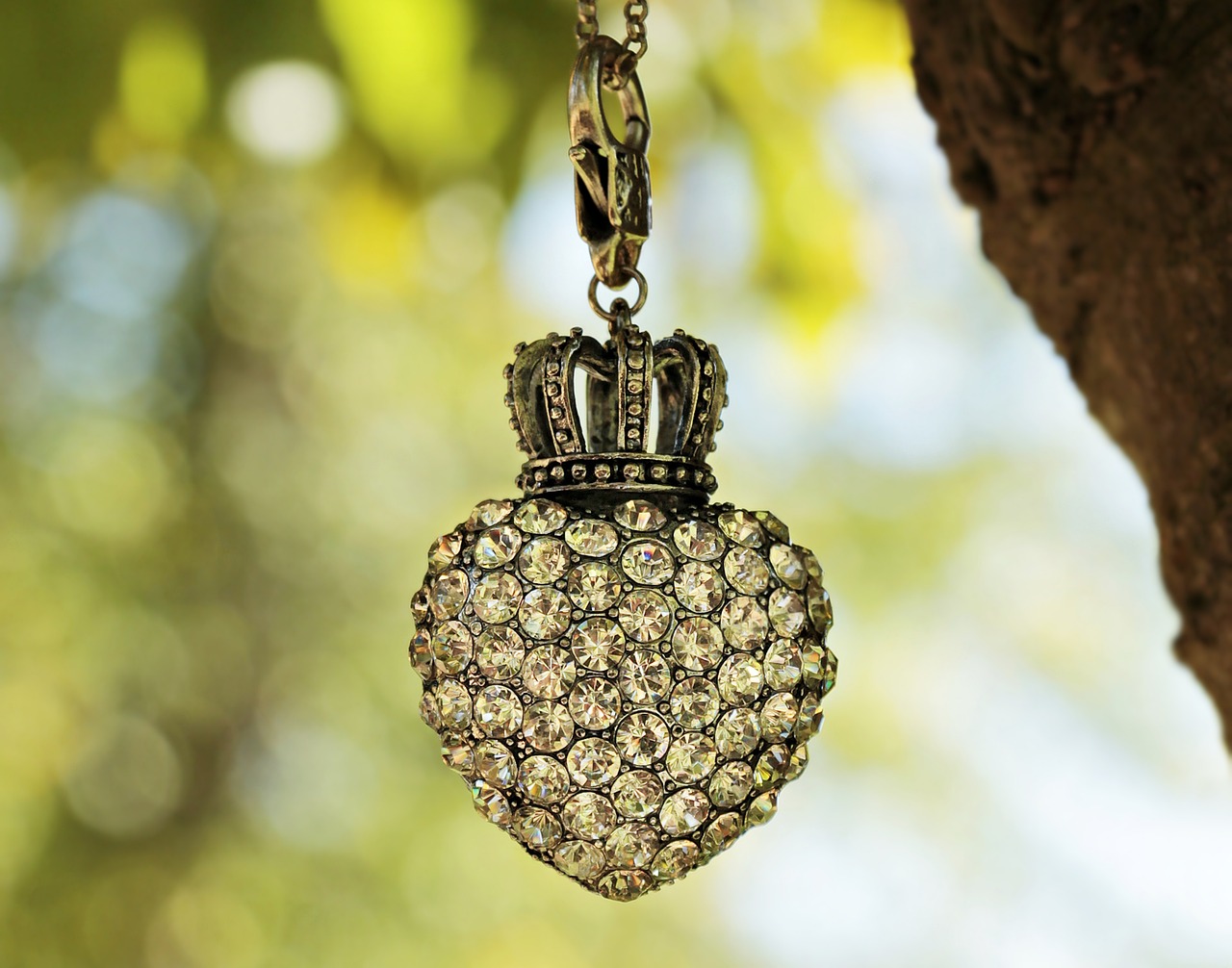Investing in gemstones is an intriguing venture, often leading potential investors to ponder the question: This article delves into the advantages and disadvantages of both options, providing insights that can aid in making informed decisions.
Loose gemstones are individual, unmounted stones that can vary widely in type, color, and quality. They offer a unique investment opportunity, as their value is primarily dictated by their inherent characteristics, including cut, clarity, color, and carat weight. Understanding these factors is crucial for anyone looking to assess their investment potential.
Finished jewelry, on the other hand, consists of crafted pieces that are ready for wear. This category includes rings, necklaces, bracelets, and earrings, often featuring intricate designs and craftsmanship. The appeal of finished jewelry lies not only in its aesthetic value but also in its potential to retain or appreciate in value over time.
- Cost-Effectiveness: Loose gemstones can often be purchased at lower prices compared to their set counterparts.
- Variety: Investors have a broader selection of stones to choose from, allowing for tailored investments.
- Customization: Loose stones can be set into personalized jewelry, adding sentimental value.
- Aesthetic Appeal: Finished jewelry often showcases exquisite craftsmanship and design, making it visually appealing.
- Immediate Use: Unlike loose gemstones, finished jewelry can be worn immediately, adding to its allure.
- Brand Value: Well-known jewelry brands can significantly enhance the value of finished pieces.
The market for loose gemstones can be volatile, with prices influenced by trends in consumer demand and supply. Factors such as the popularity of specific gemstones, economic conditions, and even fashion trends can affect the investment viability of loose stones. Investors should stay informed about these trends to make better purchasing decisions.
While loose gemstones can be lucrative, they also come with risks. The lack of a standardized pricing system can lead to price fluctuations, and the quality of gemstones can vary widely. Additionally, the resale market for loose stones may not be as robust as that for finished jewelry, making it crucial for investors to conduct thorough research.
The quality of craftsmanship plays a pivotal role in determining the value of finished jewelry. Factors such as the intricacy of the design, the skill of the artisan, and the quality of materials used can all contribute to the overall worth of a piece. Investors should look for indicators of high craftsmanship, such as attention to detail and the reputation of the jeweler.
When deciding between loose gemstones and finished jewelry, several factors come into play:
- Investment Goals: Are you looking for a long-term investment or something to wear immediately?
- Market Knowledge: Do you have the expertise to evaluate loose stones effectively?
- Personal Preference: Do you have a preference for customization, or do you prefer ready-made pieces?
Evaluating the investment potential of gemstones requires a keen understanding of various factors. Investors should consider the gemstone’s rarity, quality, and market demand. Additionally, obtaining certifications from reputable gemological institutes can help establish authenticity and value.
For those new to gemstone investment, seeking expert advice can be invaluable. Industry professionals often recommend starting with a clear understanding of personal investment goals, researching market trends, and considering diversification in investments. Engaging with reputable dealers and obtaining independent appraisals can also enhance confidence in purchasing decisions.
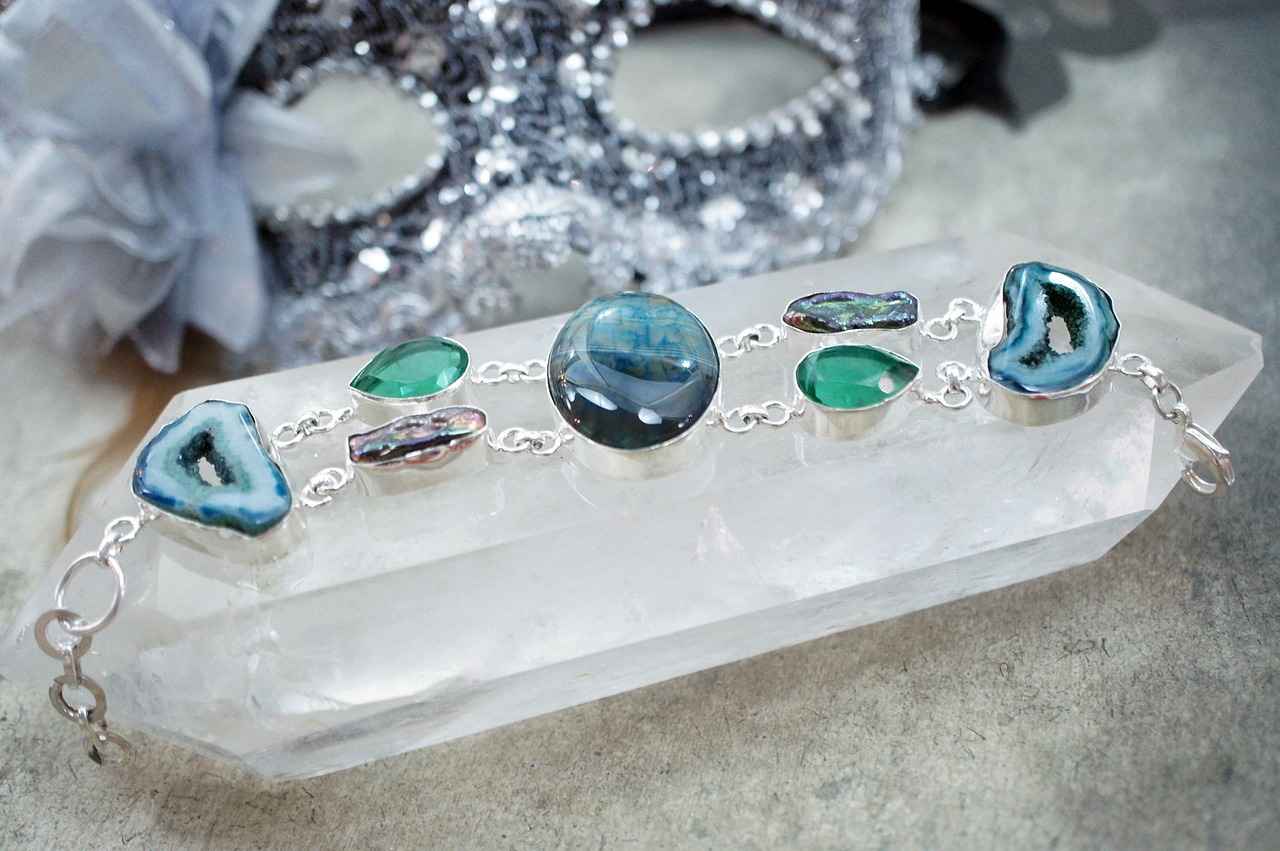
What Are Loose Gemstones?
Loose gemstones represent a fascinating segment of the gemstone market. These are individual stones that have not been set into any jewelry, making them a unique investment opportunity for collectors and investors alike. Understanding the characteristics of loose gemstones is crucial for assessing their investment potential. In this section, we will delve deeper into what defines loose gemstones and why they are significant in the investment landscape.
Loose gemstones can vary widely in terms of type, quality, and value. The most common types include diamonds, sapphires, rubies, and emeralds. Each gemstone has its own set of characteristics that can influence its market value. For instance, the color, clarity, cut, and carat weight of a gemstone are critical factors that determine its appeal and worth.
| Characteristic | Description |
|---|---|
| Color | The hue and saturation of the gemstone, which can greatly affect its desirability. |
| Clarity | The presence of inclusions or blemishes, with higher clarity stones generally being more valuable. |
| Cut | The way a gemstone is shaped and polished, impacting its brilliance and overall appearance. |
| Carat Weight | The weight of the gemstone, with larger stones typically commanding higher prices. |
Investors should also consider the rarity of the gemstone type. For example, certain colored diamonds or rare varieties of sapphires can be significantly more valuable than their more common counterparts. Additionally, the origin of a gemstone can also influence its value. Stones from renowned locations, such as Kashmir sapphires or Burmese rubies, often carry a premium due to their historical significance and perceived quality.
- Market Demand: The demand for specific gemstones can fluctuate based on trends, making it essential for investors to stay informed.
- Certification: Obtaining a certification from a reputable gemological laboratory can enhance the credibility and value of a loose gemstone.
- Storage and Insurance: Proper storage and insurance are crucial for protecting your investment in loose gemstones.
Investing in loose gemstones can be rewarding, but it requires a keen understanding of the market and the characteristics that make each stone unique. As the market for loose gemstones continues to grow, savvy investors who take the time to educate themselves can find lucrative opportunities.
In summary, loose gemstones are not just beautiful objects; they are complex investments that require careful consideration of various factors. By understanding the characteristics and market dynamics associated with these stones, investors can make informed choices that align with their financial goals.
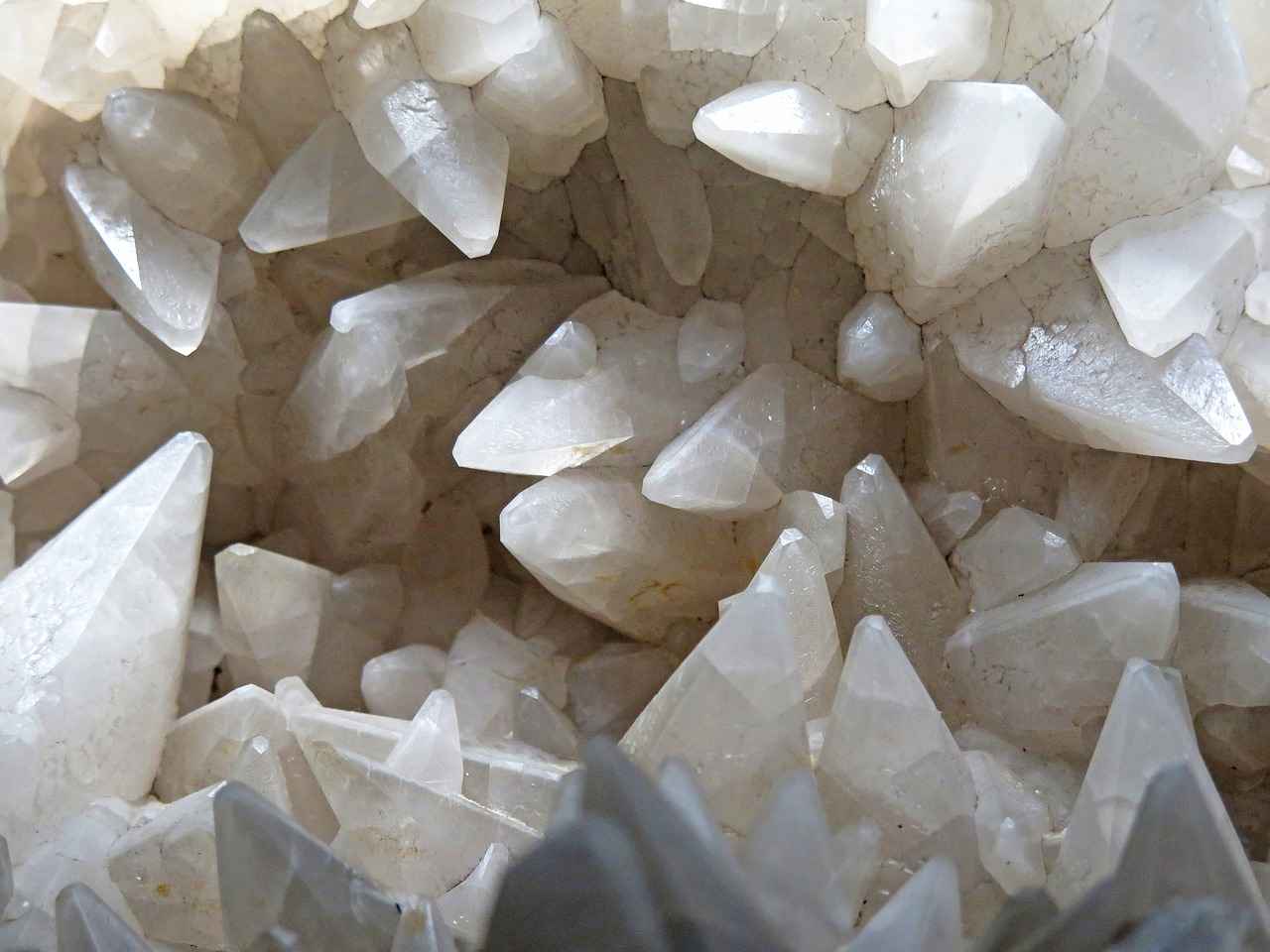
What Is Finished Jewelry?
Finished jewelry represents the culmination of artistry and craftsmanship, resulting in pieces that are not only aesthetically pleasing but also ready for immediate wear. These items are fully designed and produced, showcasing a variety of styles, materials, and techniques. In this section, we will delve into the appeal and investment value of completed jewelry items, highlighting why they can be a significant addition to any jewelry collection.
One of the primary attractions of finished jewelry is its immediate accessibility. Unlike loose gemstones that require additional work to be made into wearable pieces, finished jewelry can be worn right away. This convenience appeals to consumers who appreciate the beauty and craftsmanship of jewelry without the need for customization.
Investing in finished jewelry can offer unique advantages. Unlike loose gemstones, which can fluctuate significantly in price based on market trends, finished jewelry often maintains a more stable value. Factors such as brand recognition, design uniqueness, and craftsmanship quality contribute to the investment potential of these pieces.
When considering finished jewelry, the quality of craftsmanship is paramount. Pieces that are meticulously crafted with attention to detail tend to retain their value better over time. Investors should look for signs of quality, such as:
- Precise settings that hold gemstones securely
- Durable materials that withstand daily wear
- Unique design elements that distinguish the piece from mass-produced items
Brand and designer reputation can significantly influence the value of finished jewelry. Renowned brands often command higher prices due to their established trust and quality assurance. Investing in pieces from reputable designers can not only enhance the aesthetic appeal but also provide a more reliable investment.
The market for finished jewelry is influenced by various trends, including fashion cycles and consumer preferences. Staying informed about these trends can help investors make strategic decisions. For example, certain styles may become more desirable during specific seasons, impacting their resale value.
Beyond financial considerations, finished jewelry often carries emotional significance. Many pieces are associated with special occasions, such as weddings or anniversaries, making them cherished items that may appreciate in sentimental value over time. This emotional connection can enhance the overall value of the piece.
In summary, finished jewelry offers a blend of immediate aesthetic appeal, investment potential, and emotional significance. Its ready-to-wear nature and the craftsmanship involved make it a compelling choice for both personal enjoyment and investment. As with any investment, potential buyers should conduct thorough research and consider factors such as quality, brand reputation, and market trends to make informed decisions.
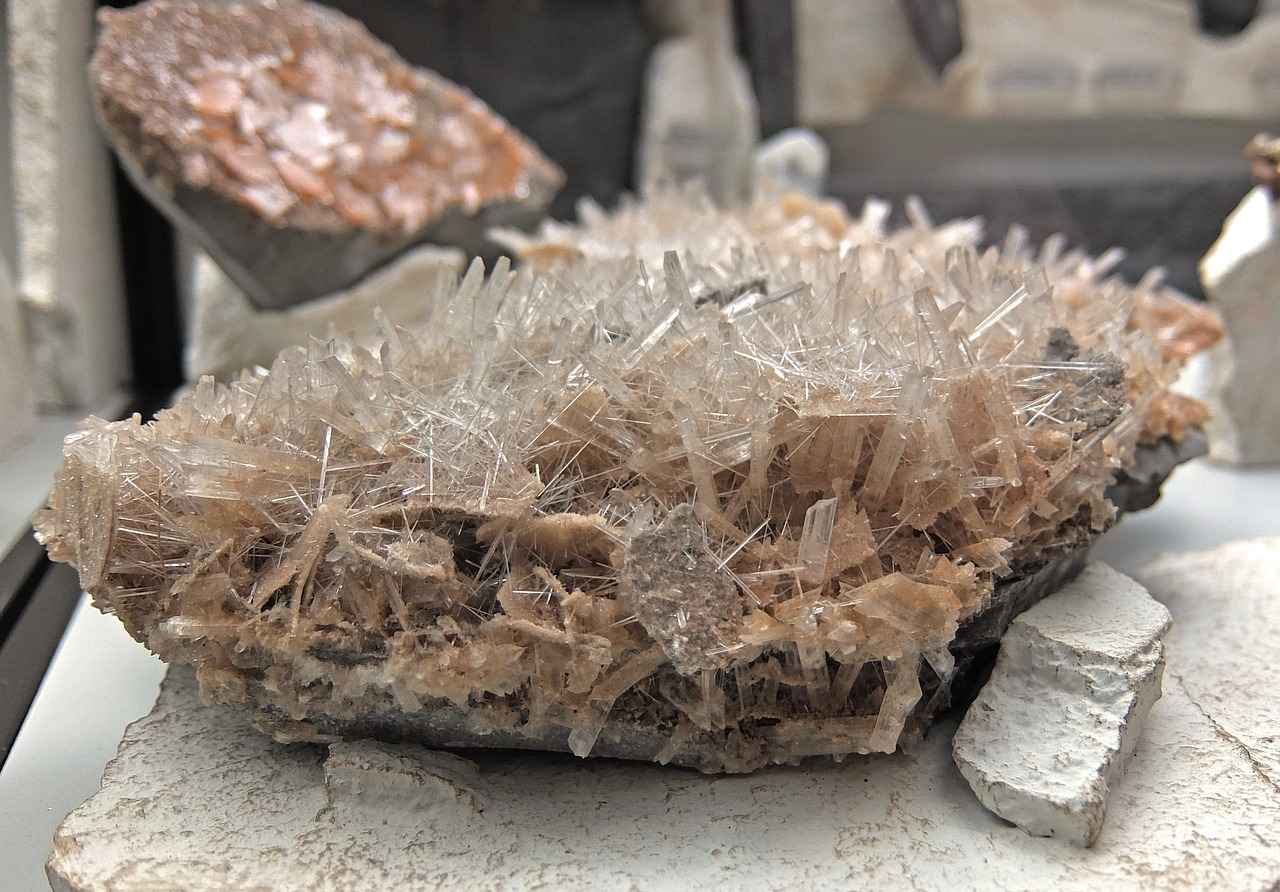
Why Invest in Loose Gemstones?
Investing in loose gemstones presents a range of unique advantages that set it apart from investing in finished jewelry. As the market continues to evolve, many investors are drawn to the idea of purchasing individual gemstones rather than pre-set pieces. This section delves into the compelling reasons why investing in loose gemstones can be a wise financial decision.
- Lower Prices: Loose gemstones often come at a significantly lower price point compared to finished jewelry. When you buy a gemstone that has not yet been set, you are typically paying for the stone itself without the added costs of design, craftsmanship, and brand premiums associated with finished pieces. This can result in a higher potential return on investment when it comes time to sell.
- Greater Selection: The market for loose gemstones is vast, offering a wider variety of colors, cuts, and types compared to finished jewelry. This extensive selection allows investors to choose stones that best fit their personal tastes and investment strategies. Whether you’re interested in rare colored diamonds or traditional gemstones like sapphires and rubies, the options are nearly limitless.
- Customization Potential: Investing in loose gemstones opens up the opportunity for future customization. Investors can choose to have their gemstones set into custom jewelry pieces that reflect their personal style or market trends. This flexibility can further enhance the value of the investment as it allows for creativity and personalization.
- Market Demand: The demand for loose gemstones can fluctuate based on trends in the jewelry market. As more consumers seek unique and personalized pieces, the value of loose stones can increase. Understanding these market dynamics can help investors make informed decisions about when to buy or sell their gemstones.
- Potential for Appreciation: Certain types of loose gemstones, especially those that are rare or have unique characteristics, can appreciate significantly in value over time. As collectors and investors seek out these stones, their prices can rise, offering substantial returns for those who invest wisely.
- Investment Diversification: Including loose gemstones in an investment portfolio can provide diversification, reducing overall risk. Gemstones are not directly correlated with stock market fluctuations, making them a potentially stable investment during economic downturns.
In summary, investing in loose gemstones offers a variety of benefits that can appeal to both novice and seasoned investors. With lower prices, greater selection, and the potential for customization and appreciation, loose gemstones can be a valuable addition to any investment strategy. As you consider your options, it’s essential to conduct thorough research and consult with experts to ensure you make informed decisions that align with your financial goals.
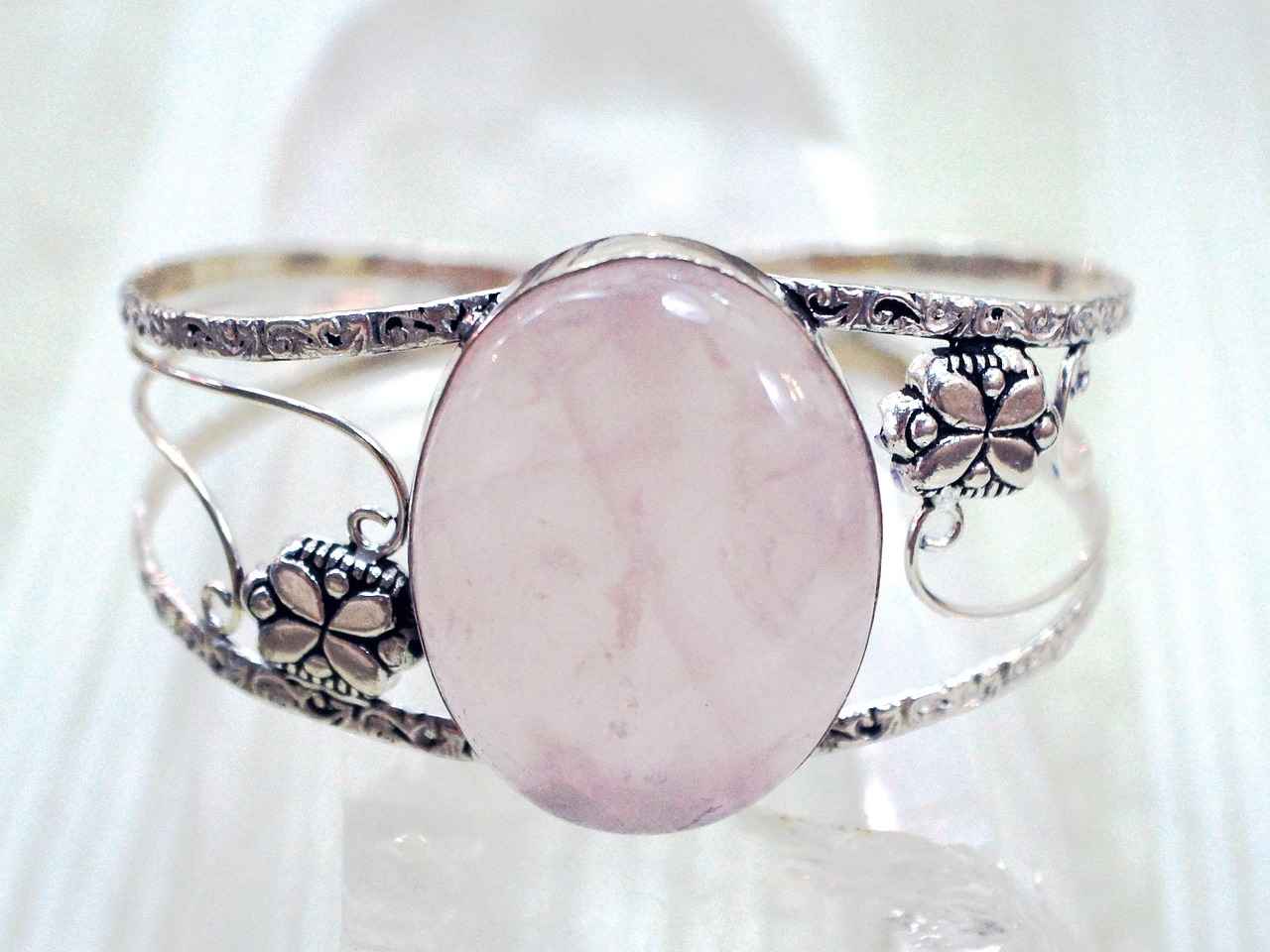
What Are the Benefits of Finished Jewelry?
When it comes to investing in jewelry, the choice between loose gemstones and finished pieces can be daunting. In this section, we delve into the benefits of finished jewelry, highlighting why these crafted pieces are often favored by both collectors and investors.
One of the most significant advantages of finished jewelry is its immediate aesthetic appeal. Unlike loose gemstones, which may require setting and design work, finished jewelry is ready to wear right out of the box. This instant gratification can be particularly appealing for those who appreciate the artistry and beauty of jewelry. Each piece is often designed to showcase the intricate details of the gemstones, enhancing their visual impact.
Finished jewelry is typically crafted by skilled artisans who pay close attention to detail. The quality of craftsmanship can significantly influence the overall value of the piece. High-quality settings not only secure the gemstones but also enhance their brilliance and color. When investing in finished jewelry, buyers can often expect a level of expertise that may not be present in DIY settings.
The market for finished jewelry offers a wide variety of styles and designs, catering to different tastes and occasions. From elegant necklaces and statement rings to intricate bracelets and earrings, the choices are vast. This variety allows investors to select pieces that resonate with their personal style or have the potential for higher resale value due to current trends.
Investing in finished jewelry means that you can wear your investment immediately. This immediacy is not just about aesthetics; it also provides an emotional connection to the piece. Whether it’s for a special occasion or daily wear, finished jewelry can serve as both an accessory and an investment.
While both loose gemstones and finished jewelry can appreciate in value, finished pieces often have a higher resale potential. This is largely due to the established market for designer and branded jewelry, where collectors are willing to pay a premium for pieces from reputable makers. Additionally, the craftsmanship and design can add intrinsic value that is recognized by buyers.
For many, the convenience of purchasing finished jewelry cannot be overstated. Buyers can find these pieces at various price points, making them accessible to a broader audience. This accessibility is particularly beneficial for new investors who may not have the expertise to evaluate loose gemstones effectively.
Investing in finished jewelry generally requires less specialized knowledge compared to loose gemstones. While understanding gemstone quality is essential, the evaluation of a finished piece often focuses more on design, brand reputation, and overall craftsmanship. This reduced learning curve can make finished jewelry a more attractive option for novice investors.
In summary, investing in finished jewelry offers numerous advantages, including immediate aesthetic appeal, expert craftsmanship, and a variety of styles. The convenience and potential for higher resale value further enhance its attractiveness. For those looking to enter the jewelry investment market, finished pieces provide a compelling option that combines beauty with practicality.
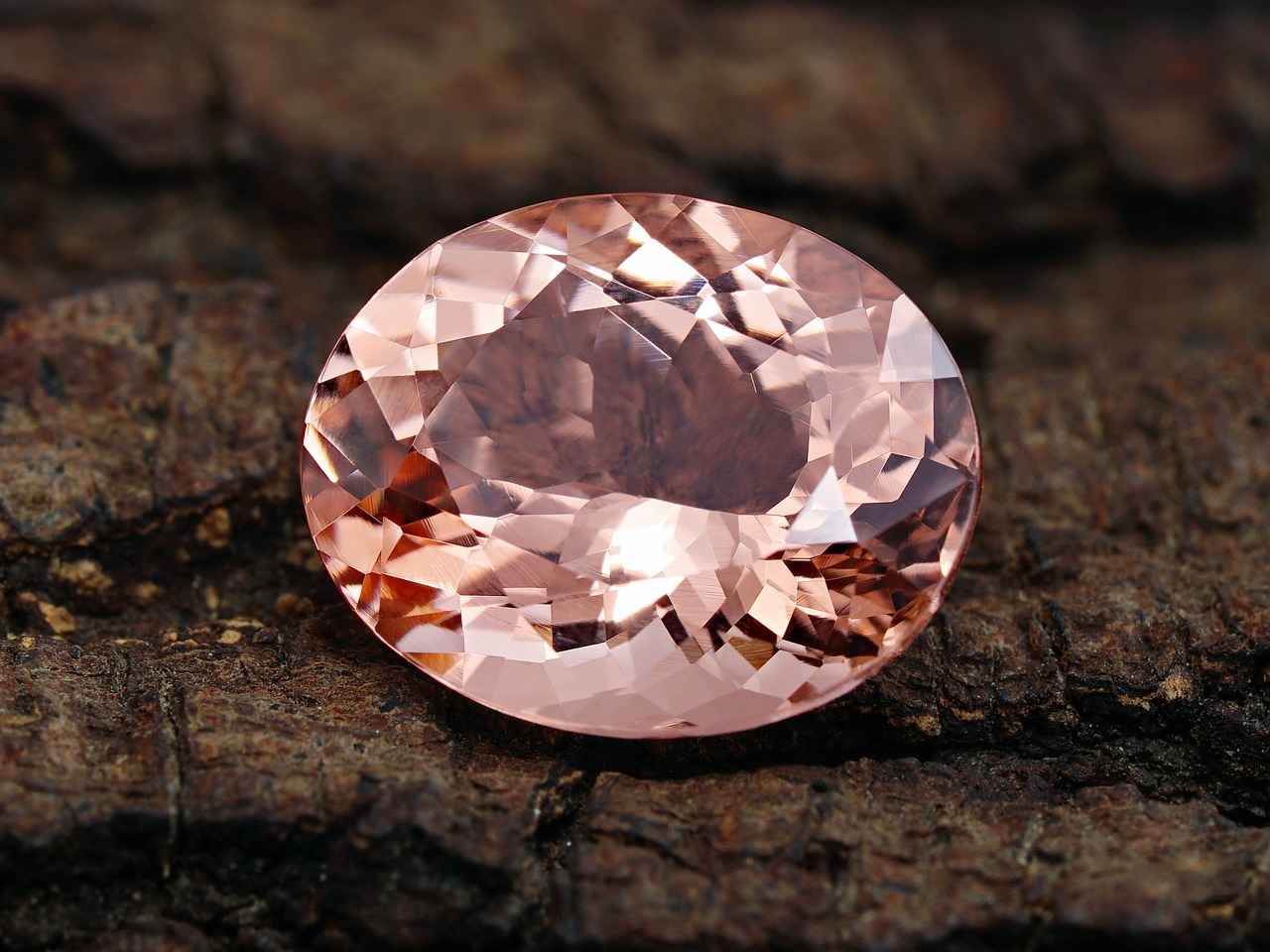
How Do Market Trends Affect Loose Gemstones?
Understanding the impact of market trends on loose gemstones is essential for investors looking to make informed decisions. The value of these precious stones is heavily influenced by the interplay of demand and supply, which can fluctuate based on various factors. This section delves into how these market dynamics affect pricing and the overall viability of gemstones as an investment.
Demand Dynamics
The demand for loose gemstones can vary significantly depending on factors such as fashion trends, consumer preferences, and economic conditions. For instance, during periods of economic prosperity, consumers are more inclined to invest in luxury items, including gemstones. Conversely, during economic downturns, the demand may diminish as consumers prioritize essential purchases over luxury investments.
Supply Factors
On the supply side, the availability of gemstones plays a crucial role in determining their market value. Factors such as mining outputs, geopolitical stability in gem-producing regions, and environmental regulations can impact the supply chain. For example, if a major gemstone-producing country faces political unrest, the supply of certain gemstones may decrease, leading to a rise in prices due to scarcity.
Market Trends and Price Fluctuations
| Trend | Impact on Prices |
|---|---|
| Increased Demand for Natural Stones | Prices tend to rise as collectors seek rare, untreated stones. |
| Economic Recession | Prices may stabilize or decline as discretionary spending decreases. |
| Emerging Markets | Growing middle classes in countries like China and India can boost demand. |
Investment Viability
Investors must also consider the long-term viability of loose gemstones. While certain stones may experience short-term price spikes due to trends, their long-term value is often tied to their rarity and demand stability. For example, gemstones like diamonds and emeralds have historically retained their value, making them safer investment choices.
Conclusion
In summary, market trends significantly influence the value of loose gemstones through the complex interactions of demand and supply. Investors should stay informed about economic conditions, consumer preferences, and geopolitical factors that may affect the gemstone market. By understanding these dynamics, potential investors can make more strategic decisions when considering loose gemstones as a viable investment.
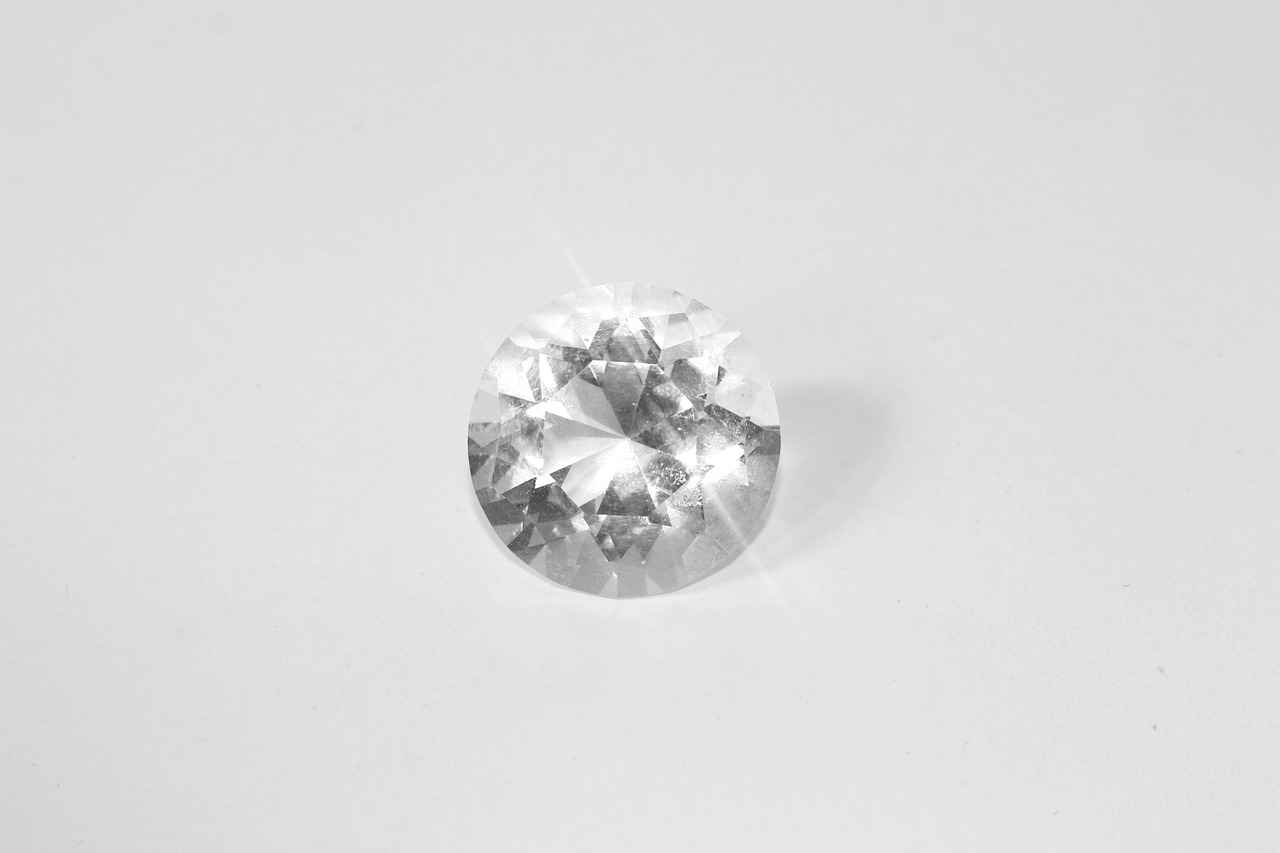
What Are the Risks of Investing in Loose Gemstones?
Investing in loose gemstones can be an enticing prospect for many, but it is essential to recognize the inherent risks involved. Understanding these potential pitfalls is crucial for anyone considering this investment avenue.
The gemstone market is subject to fluctuations, much like any other investment. Prices can vary significantly based on market demand, economic conditions, and even trends in fashion. Investors may find that a gemstone they purchased at a high price may not hold its value over time, which can lead to substantial financial losses.
One of the most significant risks in investing in loose gemstones is the challenge of verifying quality and authenticity. Without proper certification from a reputable gemological laboratory, investors may unknowingly purchase stones that are either overrated or of poor quality. This lack of transparency can lead to difficulties when trying to resell the gemstones.
Loose gemstones require careful storage to prevent damage or loss. Unlike finished jewelry, which can be worn and enjoyed daily, loose stones must be kept in a secure environment. This necessity often leads to additional costs for insurance and safe storage solutions, which can cut into potential profits.
Unlike stocks or bonds, which can be easily traded, selling loose gemstones can be a lengthy and complicated process. The liquidity of gemstones is often low, meaning that investors may struggle to find buyers willing to pay a fair price. This challenge can result in prolonged holding periods, during which market conditions may further deteriorate.
Investors may develop an emotional attachment to their gemstones, which can cloud their judgment when it comes to selling. This emotional bias can lead to poor decision-making, as individuals may hold onto stones longer than advisable, hoping for a price increase that may never materialize.
The gemstone market is not immune to scams and fraudulent activities. Unscrupulous sellers may misrepresent the quality, origin, or value of gemstones to make a sale. Investors must be vigilant and conduct thorough research to avoid falling victim to such schemes.
Many investors lack the necessary knowledge to make informed decisions about loose gemstones. Without a solid understanding of the factors that influence value, such as cut, clarity, color, and carat weight, individuals may make poor investment choices. Seeking advice from experts or obtaining proper education is crucial to mitigating this risk.
While the potential for profit in loose gemstone investment exists, it is essential to approach this market with caution. By being aware of the risks outlined above, investors can make more informed decisions and better navigate the complexities of the gemstone market.

How Does Craftsmanship Influence Finished Jewelry Value?
The world of jewelry is as intricate as the pieces it encompasses, and one of the most crucial factors that can influence the value of finished jewelry is the quality of craftsmanship. When considering an investment in finished jewelry, understanding the elements of craftsmanship can help potential buyers make informed decisions. This section delves into what to look for when assessing the quality of jewelry and its subsequent investment potential.
What Defines Quality Craftsmanship in Jewelry?
- Materials Used: The choice of materials greatly impacts both the aesthetic appeal and durability of jewelry. High-quality metals, such as platinum or 18k gold, offer better longevity than lower-grade alternatives.
- Stone Setting: A well-set gemstone not only enhances the overall look but also secures the stone effectively. Look for settings that are tight and secure, as loose stones can diminish value.
- Finishing Touches: The final polish and finishing of the piece can reveal a lot about its craftsmanship. A smooth, flawless finish indicates attention to detail and higher quality.
Why Does Craftsmanship Matter for Investment?
The value of finished jewelry is not solely determined by the gemstones or precious metals used; it is also heavily influenced by the craftsmanship involved in its creation. Jewelry that showcases superior craftsmanship often commands higher prices in the market. This is due to several reasons:
- Durability: Well-crafted jewelry tends to last longer, making it a more sustainable investment. Pieces that can withstand the test of time are more likely to retain or increase in value.
- Market Demand: High-quality craftsmanship is often sought after, leading to increased demand. Jewelry from renowned artisans or brands often appreciates in value over time.
- Unique Designs: Exceptional craftsmanship often results in unique designs that stand out in the marketplace. Unique pieces can attract collectors and investors, further enhancing their value.
What to Look for When Assessing Craftsmanship?
When evaluating finished jewelry, consider the following aspects:
- Certification: Look for pieces that come with certification from reputable organizations, as this can provide assurance of quality and authenticity.
- Brand Reputation: Brands known for their craftsmanship often have a history of quality. Researching a brand’s reputation can provide insights into the potential value of their jewelry.
- Expert Evaluation: Consulting with a jewelry expert can provide a professional assessment of the craftsmanship and overall value of the piece.
Investment Potential of High-Quality Jewelry
Investing in finished jewelry with high-quality craftsmanship can be a rewarding venture. Not only do these pieces offer aesthetic pleasure, but they also serve as tangible assets that can appreciate in value. As with any investment, it is essential to conduct thorough research and consider the factors discussed above to ensure that your investment is sound.
In conclusion, the craftsmanship of finished jewelry plays a pivotal role in determining its value and investment potential. By understanding what constitutes quality craftsmanship, investors can make informed choices that align with their financial goals and personal tastes.
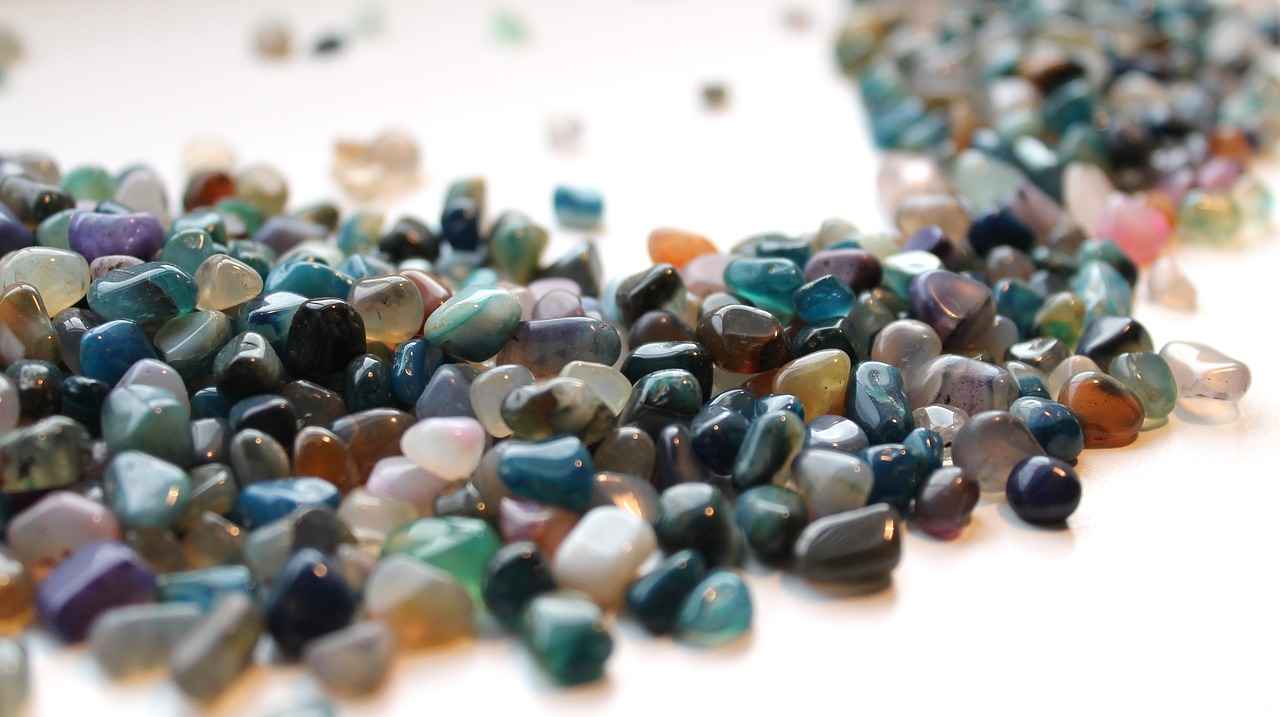
What Should You Consider When Choosing Between the Two?
When it comes to investing in gemstones, one of the most critical decisions you will face is whether to choose loose gemstones or finished jewelry. Each option has its unique benefits and drawbacks, making it essential to weigh your choices carefully. Below are key considerations that can guide your decision-making process.
- Investment Purpose: Consider your primary goal. Are you looking for a long-term investment, or do you want something to wear immediately? Loose gemstones may offer better investment opportunities, while finished jewelry provides instant gratification.
- Market Trends: Stay informed about current market trends. Loose gemstones can fluctuate in value based on demand, while finished jewelry may retain its value due to brand reputation and craftsmanship.
- Customization: Loose gemstones allow for customization, enabling you to create a piece that reflects your personal style. Finished jewelry, however, offers convenience and often comes with a unique design already in place.
- Pricing: Generally, loose gemstones can be more affordable than finished jewelry because they lack the additional costs associated with craftsmanship and branding. However, high-quality finished pieces may appreciate significantly over time.
- Resale Value: Consider the potential resale value of both options. Unique loose gemstones may appreciate more over time, while well-crafted finished jewelry from reputable brands can also retain or increase its value.
- Authenticity and Certification: Ensure that any loose gemstones you consider come with appropriate certification, as this can significantly impact their value. Similarly, finished jewelry should come with authenticity guarantees.
- Storage and Care: Loose gemstones require careful storage to avoid damage, while finished jewelry can be worn and enjoyed regularly. Consider your lifestyle and how each option fits into it.
Ultimately, the choice between loose gemstones and finished jewelry hinges on your personal preferences, investment goals, and market understanding. By evaluating these factors, you can make a more informed decision that aligns with your aspirations and financial objectives.
As you navigate this decision, remember to conduct thorough research and consult with industry experts. Their insights can provide invaluable guidance, ensuring that your investment aligns with your long-term goals. Whether you choose loose gemstones or finished jewelry, being informed will empower you to make the best choice for your investment portfolio.
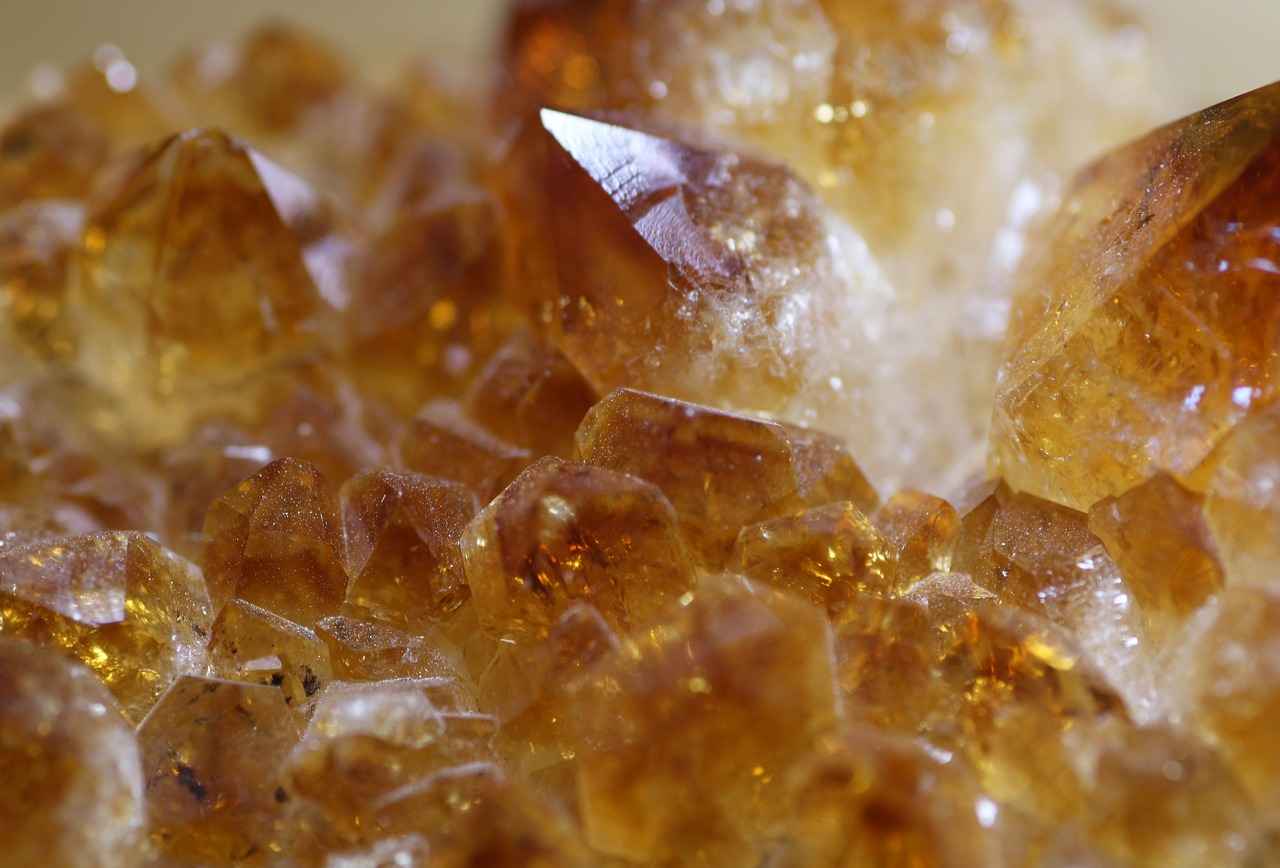
How to Evaluate the Investment Potential of Gemstones?
Investing in gemstones can be a rewarding venture, but it requires careful evaluation to ensure that you are making a sound investment. Understanding the investment potential of gemstones involves assessing various factors that contribute to their value and authenticity. This section aims to provide practical insights on how to effectively evaluate gemstones for investment purposes.
Several key factors determine the value of a gemstone:
- Color: The hue, saturation, and tone of a gemstone significantly impact its appeal and price. Rich, vibrant colors are generally more desirable.
- Clarity: The presence of inclusions or blemishes can lower a gemstone’s value. High-quality stones are often eye-clean, meaning they appear flawless to the naked eye.
- Cut: The way a gemstone is cut affects its brilliance and overall appearance. A well-cut stone maximizes light reflection and enhances its beauty.
- Carat Weight: Larger gemstones typically command higher prices, but the increase in value is not always linear. The rarity of the stone also plays a crucial role.
- Origin: Some gemstones are more valuable based on their geographical origin. For instance, Kashmir sapphires are highly sought after due to their unique qualities.
Ensuring that a gemstone is authentic is crucial for any investment. Here are some methods to verify authenticity:
- Certification: Always request a certificate from a reputable gemological laboratory. This document provides details about the gemstone’s characteristics and confirms its authenticity.
- Professional Appraisal: Consulting with a certified gemologist can help you understand the true value and quality of the gemstone.
- Testing: Some tests can be conducted to determine a gemstone’s authenticity, such as checking its refractive index or using specific tools to identify its properties.
Understanding market trends is vital for evaluating the investment potential of gemstones:
- Supply and Demand: The availability of gemstones and consumer interest can greatly influence prices. Rare stones typically appreciate more quickly as demand increases.
- Economic Factors: Economic conditions can affect luxury spending. During economic downturns, the demand for gemstones may decline, impacting their value.
- Fashion Trends: The popularity of certain gemstones can fluctuate based on fashion trends, which can affect their resale potential.
Investors should be aware of potential pitfalls that can affect their investment:
- Overpaying: Always conduct thorough research and compare prices before making a purchase to avoid overpaying for a gemstone.
- Lack of Knowledge: Investing without a solid understanding of gemstones can lead to poor decisions. Educate yourself about the market and the specific stones you are interested in.
- Ignoring Trends: Failing to stay updated on market trends can result in missed opportunities or losses on your investments.
In conclusion, evaluating the investment potential of gemstones requires a comprehensive understanding of various factors including value, authenticity, and market trends. By arming yourself with knowledge and seeking expert advice, you can navigate the gemstone market more effectively and make informed investment decisions.

What Are Expert Recommendations for New Investors?
When venturing into the world of gemstone investment, expert recommendations can be a guiding light for newcomers. Understanding how to navigate this complex market can significantly enhance the chances of making successful investments. Here, we compile insights from industry professionals to provide a solid foundation for beginners.
Before investing, it is crucial to educate yourself about different types of gemstones, including their characteristics, grading systems, and market demand. Knowledge about factors such as color, clarity, cut, and carat weight can help you make informed decisions. Resources like gemology courses or reputable online platforms can be beneficial.
Experts advise that new investors should prioritize the quality of gemstones rather than acquiring a larger quantity of lesser-quality stones. High-quality gemstones are more likely to appreciate in value over time, making them a smarter investment choice.
Keeping an eye on market trends is essential for any investor. Gemstone prices can fluctuate based on demand, rarity, and even fashion trends. Regularly following industry news and reports can help you anticipate changes in the market and make timely investment decisions.
Establishing connections with reputable gemstone dealers can provide you with valuable insights and access to quality stones. Experts recommend seeking out dealers who are transparent about their sourcing and pricing practices. Building a relationship can also lead to better deals and opportunities.
Investing in certified gemstones is highly recommended. Certifications from recognized gemological laboratories can assure you of a stone’s authenticity and quality. This documentation can also enhance resale value, making it a critical factor in your investment strategy.
Just like any other investment, it’s wise to diversify your gemstone portfolio. Investing in a variety of stones can mitigate risks associated with market fluctuations. Consider including a mix of colored gemstones, diamonds, and rare stones to balance your investments.
Gemstone investment is often a long-term commitment. Experts emphasize that patience is crucial, as the value of gemstones may take time to appreciate. Be prepared to hold onto your investments for several years to realize significant returns.
Understanding the legal aspects of gemstone investment is vital. Ensure that you are aware of the regulations surrounding gemstone trading in your region. This includes knowledge about potential taxes, import/export laws, and ethical sourcing practices.
Finally, consider seeking advice from financial advisors who specialize in alternative investments. They can provide tailored strategies that align with your financial goals and risk tolerance. Professional guidance can be invaluable in navigating the complexities of gemstone investment.
By following these expert recommendations, new investors can build a solid foundation in gemstone investment, increasing their chances of success in this captivating market.
Frequently Asked Questions
- What are the main advantages of investing in loose gemstones?
Investing in loose gemstones can be a smart move due to factors like lower prices compared to finished jewelry, and a wider selection that allows you to find unique stones. Plus, you can set them into custom pieces later, giving you both flexibility and creativity!
- How does the craftsmanship affect the value of finished jewelry?
The quality of craftsmanship is crucial when it comes to finished jewelry. Well-crafted pieces often have a higher resale value and aesthetic appeal. Think of it like buying a handmade artisanal product versus a mass-produced item; the former usually carries a story and value!
- What risks should I be aware of when investing in loose gemstones?
While loose gemstones can be lucrative, they also come with risks such as market volatility and the potential for overvaluation. It’s essential to do your homework and understand the market trends before diving in!
- How can I evaluate the investment potential of a gemstone?
Evaluating a gemstone’s investment potential involves checking its quality, clarity, and market demand. You might also want to consult with experts or get an appraisal to ensure you’re making a sound investment.
- What should beginners know about investing in gemstones?
New investors should start by educating themselves about the basics of gemstones, market trends, and seek expert recommendations. It’s like learning to ride a bike; the more you know, the less likely you are to fall!
